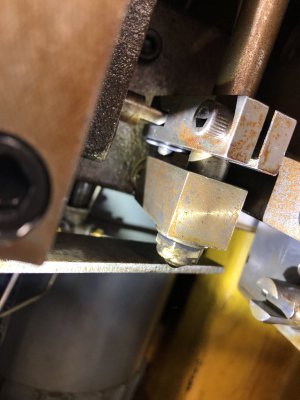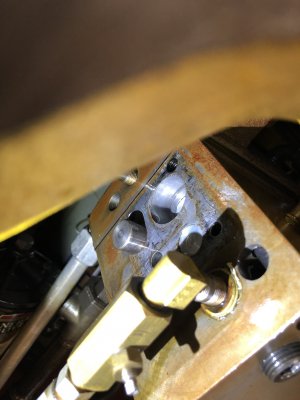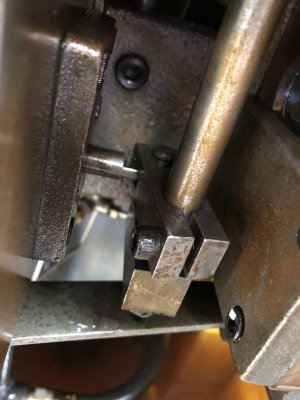- Joined
- Mar 26, 2018
- Messages
- 8,666
All you said and then some Caddy man. No not an oil sight.
This gauge is a cheap Taiwan unit, it could easily be off by the margin. Yes it could have air, I just don't know what to do about it.
When I took the plug out to install it, I'm sure I introduced an air pocket.
By jogging the throttle a few times it settled where it is cold.
It would only go down as it warmed up right?
This gauge is a cheap Taiwan unit, it could easily be off by the margin. Yes it could have air, I just don't know what to do about it.
When I took the plug out to install it, I'm sure I introduced an air pocket.
By jogging the throttle a few times it settled where it is cold.
It would only go down as it warmed up right?
Last edited:



